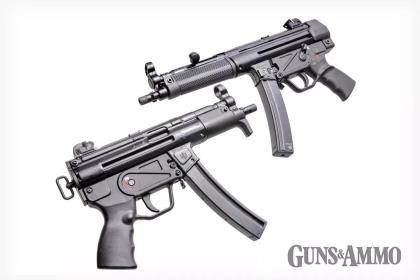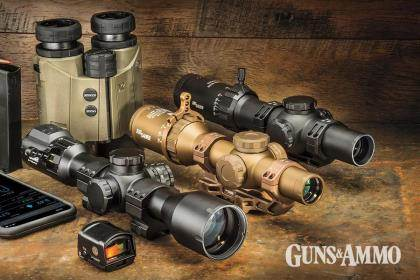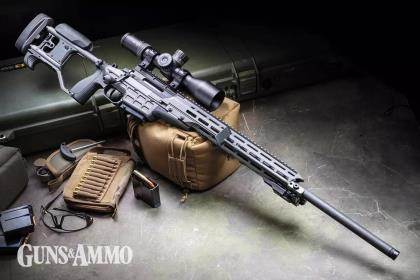Introduction
+P and +P+ are ammunition pressure designations that tell you a cartridge is loaded to higher-than-standard internal pressures. +P is a standardized “overpressure” rating for certain pistol calibers (most commonly 9mm and .38 Special among others) and is roughly 10% higher than the standard maximum average pressure for that caliber. +P+ is an informal, non-standard label used by some manufacturers to indicate pressures above +P; because it is not set by SAAMI, its exact pressure and effects vary by maker and by caliber. These higher pressures can produce higher velocity and (often) improved terminal performance, but they also increase recoil, accelerate wear on firearms not designed or rated for them, and can create reliability or safety issues if used improperly. Always follow firearm and ammunition manufacturers’ guidance.
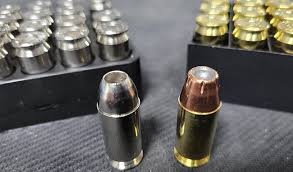
What “pressure” means in a cartridge
When a cartridge fires, the burning propellant produces rapidly expanding gas that exerts pressure on the case head, the barrel, and the bullet. The peak of that force is measured as chamber pressure; standards bodies quantify it so ammunition and firearms designers can match loads and guns safely. SAAMI (Sporting Arms and Ammunition Manufacturers’ Institute) publishes maximum average pressure (MAP) figures for many common cartridges; those MAPs are used by most U.S. manufacturers as a safety and interoperability baseline.
+P defined (the formal meaning)
+P (pronounced “plus-P”) is an industry designation for intentionally increased chamber pressure above the standard MAP for a given caliber. For example, the SAAMI MAP for 9×19mm Parabellum (9mm Luger) is 35,000 psi; 9mm +P is standardized at 38,500 psi — about 10% higher. The increased pressure usually yields higher muzzle velocity and energy from the same bullet weight in the same barrel length, which can affect penetration, expansion, and terminal performance.
Key points about +P:
- It’s a recognized overpressure classification for certain calibers; the amount is specified relative to the standard MAP.
- Not every caliber has a +P designation — it’s typically applied where manufacturers and users have found a performance/compatibility need.
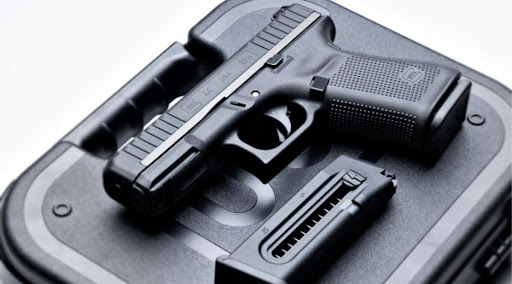
+P+ explained (the informal, non-standard case)
+P+ (pronounced “plus-P plus”) is not a SAAMI standard. It’s a marketing/engineering label used by some ammunition makers to indicate loads that exceed +P pressures. Because there is no single governing numeric definition for +P+, pressures and effects can vary from brand to brand and caliber to caliber. That means +P+ is inherently less predictable across different manufacturers; some +P+ loads may be modestly above +P, others more aggressive. Because of that variability, many firearms manufacturers will not recommend or warranty the use of +P+ unless they explicitly test and endorse specific loads.
Why manufacturers offer +P/+P+ (advantages)
- Increased muzzle velocity and energy. Higher pressure pushes the bullet faster, which often increases kinetic energy and can improve expansion for certain hollow-point designs — important for defensive performance in short barrels. Better performance from short barrels. Handguns with very short barrels lose velocity compared to longer barrels. +P loads can help restore velocity lost to a short barrel, improving terminal performance.
- Smaller cartridge, bigger performance. +P can be a way to extract more performance from a compact caliber without changing case dimensoions or switching to a larger cartridge, which has logistical and design implications for concealable carry firearms.

Costs and tradeoffs (disadvantages)
- Increased recoil and muzzle blast. More pressure = more felt recoil and sometimes a sharper muzzle report. This affects rapid follow-up shots and shooter comfort.
- Faster wear and potential damage. Higher pressures accelerate stress on the action, barrel, recoil springs, and frames. If a firearm isn’t rated for +P, long-term use can shorten service life or cause failures. Some calibers already run at relatively high pressures, making the incremental stress of +P more significant.
- Increased cost. +P loads are usually priced higher than standard ammo. Many users therefore reserve them for defensive carry rather than practice.
- +P+ unpredictability. Because it isn’t standardized, +P+ introduces more uncertainty; a +P+ load from one maker may behave differently than another maker’s +P+. That makes firearm compatibility and long-term effects harder to predict.
Safety and compatibility: what every shooter must do
- Read your firearm manual. The single most important rule: check whether the manufacturer authorizes +P and/or +P+ use. If the manual or factory customer service says “no,” don’t use it. Many handgun makers explicitly mark frames, slides, or manuals with whether +P is acceptable.
Prefer +P over +P+ unless explicitly supported. +P has a formal upper bound and is more predictable; +P+ lacks a universal spec and should be treated cautiously. Use +P+ only if the firearm maker or the ammunition maker provides clear testing data and authorization.
- Test function and accuracy in a controlled setting. If your firearm is rated for +P, try a limited number of rounds first to confirm reliable feeding, extraction, and accuracy before adopting any load for carry. Watch for unusual pressures signs: sticky extraction, flattened primers, or changes in headspace behavior are warning signs.
- Be mindful of springs and older firearms. Recoil springs (and firing-pin springs on some designs) may need periodic replacement when +P is used regularly. Older or high-round-count pistols may be more susceptible to stress failures. If a pistol is decades old or has unknown service history, avoid routinely using overpressure ammo unless it has been inspected by a qualified gunsmith.
- Avoid using +P for routine practice. Many experienced shooters practice with standard pressure ammunition and reserve +P for defensive carry when authorized. Regular use of +P can increase wear and make training less representative of carry loads unless you specifically train with +P.
Typical use cases where +P makes sense
- Defensive carry in short-barreled pistols. Compact or subcompact pistols can lose velocity. When a manufacturer rates the gun for +P, defensive users sometimes choose +P hollow points to regain terminal performance.
- Situations where maximum stopping power from a particular cartridge is desired. Some shooters prefer +P defensive loads because of proven expansion or penetration performance in ballistic testing. That said, modern standard-pressure defensive 9mm loads perform very well, and improvements from +P are context dependent.
- Specialty scenarios judged by professionals. Certain occupational users who train with specific equipment and maintenance cycles may have approved +P options as part of their loadout, but this is typically governed by agency policy and manufacturer testing. (This is a practice/organizational decision, not a technical endorsement by this report.)

+P+ — when to consider it (and when not to)
Because +P+ isn’t standardized, treat it with extra care:
- Consider it only if the firearm’s manufacturer explicitly endorses a particular +P+ load or if the ammo maker provides solid testing data showing safe performance in your model.
- Do not assume interchangeability. A +P+ round from one maker is not equivalent to another’s. If a maker publishes the exact pressure, that helps, but many do not disclose precise psi for marketing reasons.
Practical checklist for users (short)
- Check your firearm manual for +P/+P+ approval.
- If approved, test a few rounds for reliability and accuracy.
- Monitor for signs of excessive wear or pressure (sticky extraction, unusual case deformation, flattened primers).
- Replace recoil springs and perform routine maintenance more frequently when using +P regularly.
- Reserve +P for carry/defense if cost and wear are concerns — use standard ammo for most practice.

Conclusion
+P is a useful, standardized tool in the ammunition toolbox: it raises chamber pressure by a predictable margin (commonly about 10% for 9mm) to increase velocity and potential terminal performance. +P+ exists but lacks a universal specification and therefore demands greater caution. The responsible approach is straightforward: know what your firearm is rated to handle, follow manufacturer guidance, test any load for reliable function, and weigh the marginal ballistic gains against the tradeoffs of recoil, cost, and wear. For most shooters today, modern standard-pressure defensive 9mm loads already offer excellent performance; +P is an option that should be chosen deliberately and used with knowledge, not as a default.

